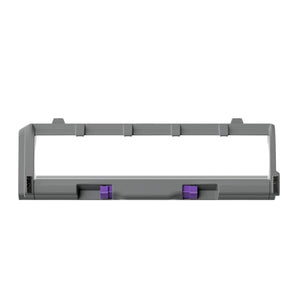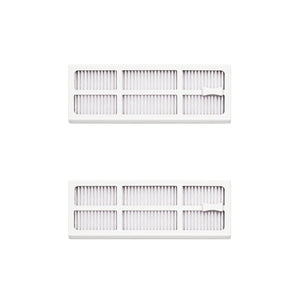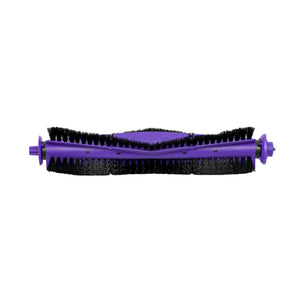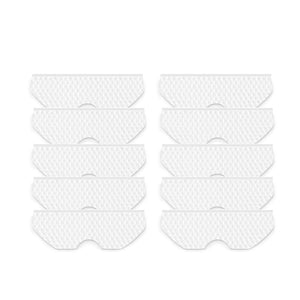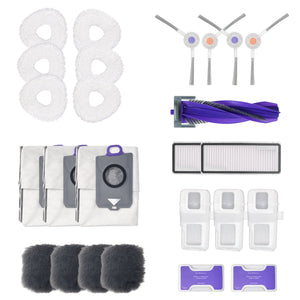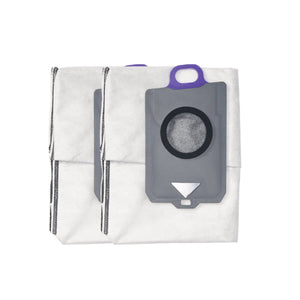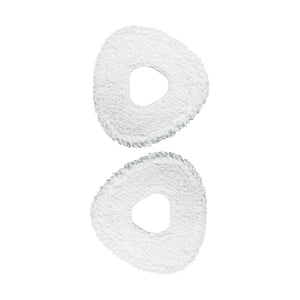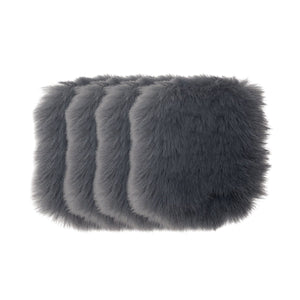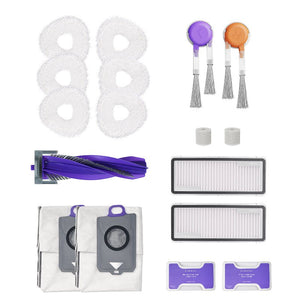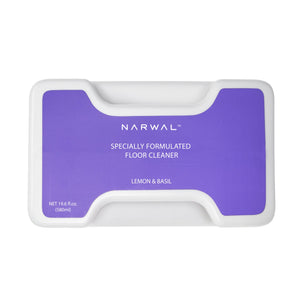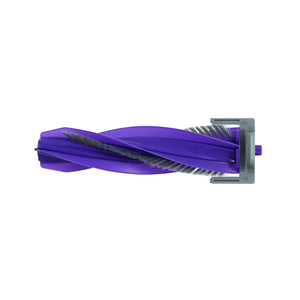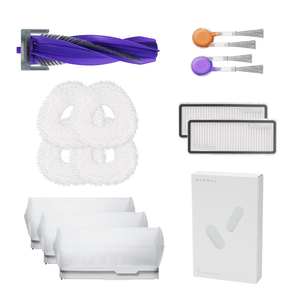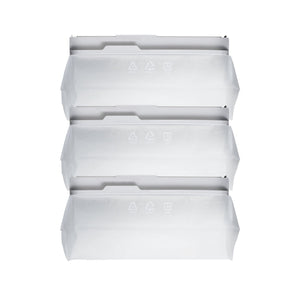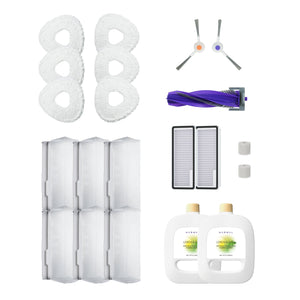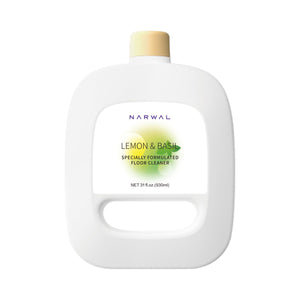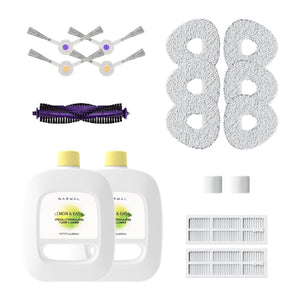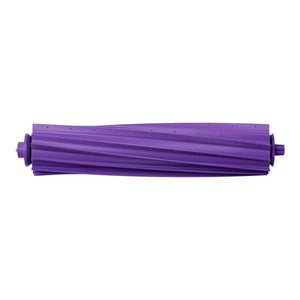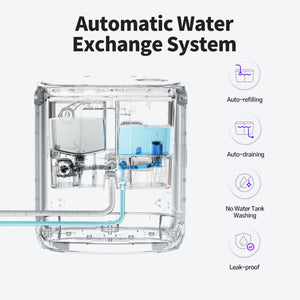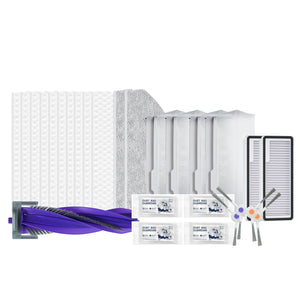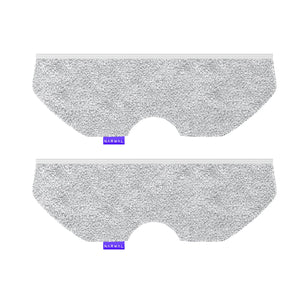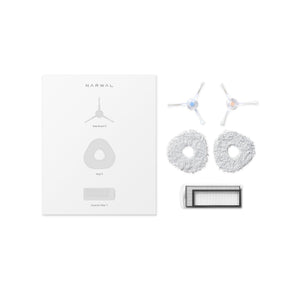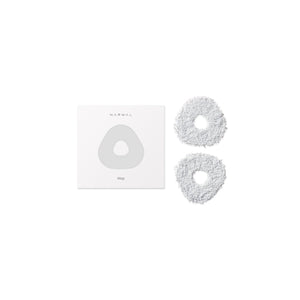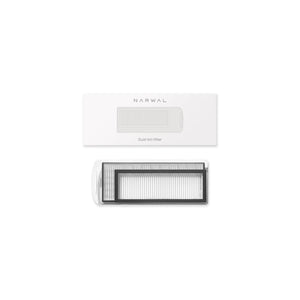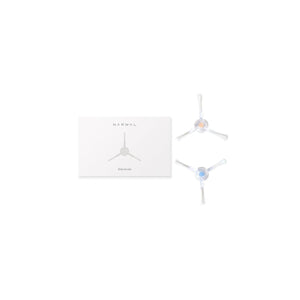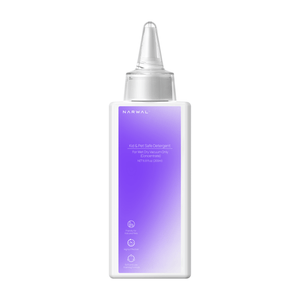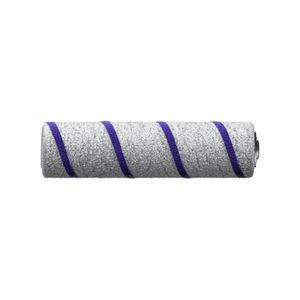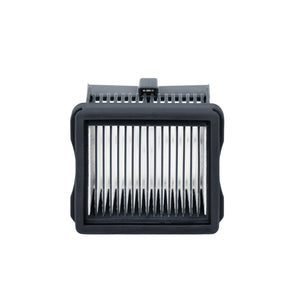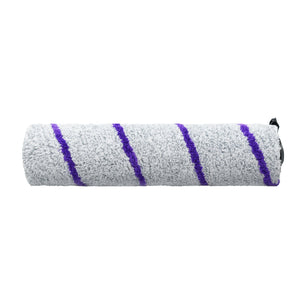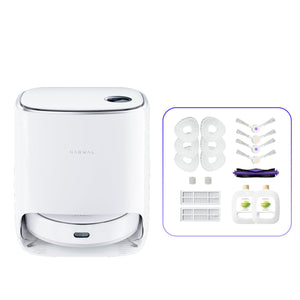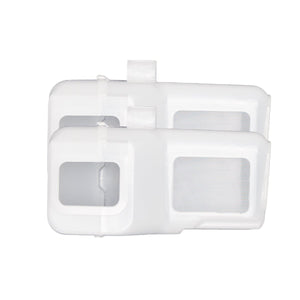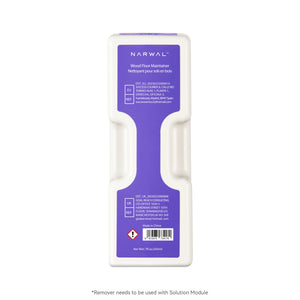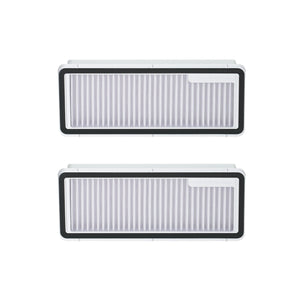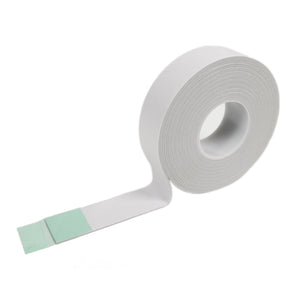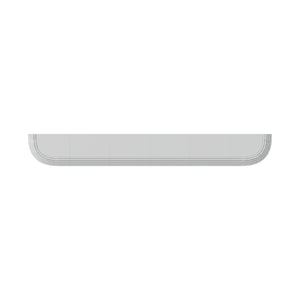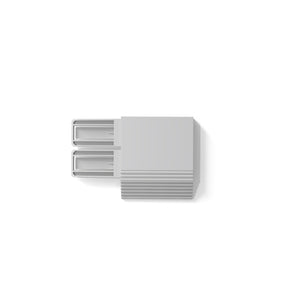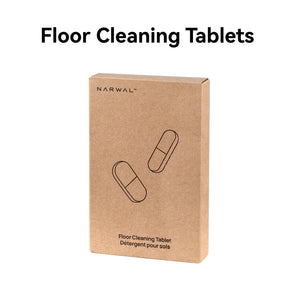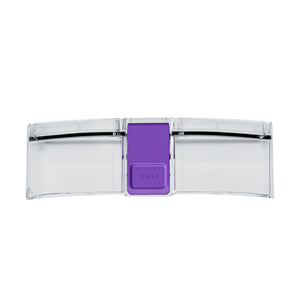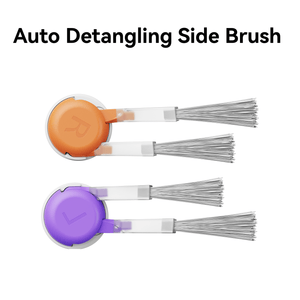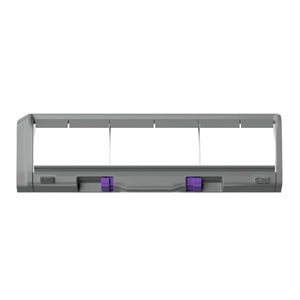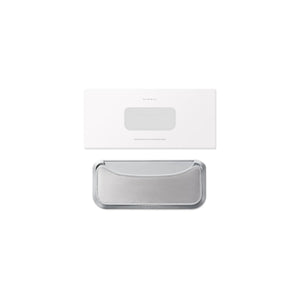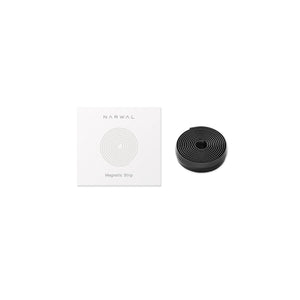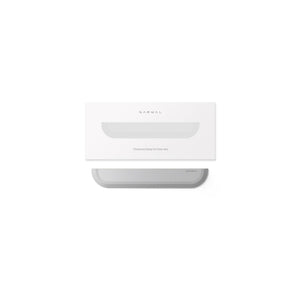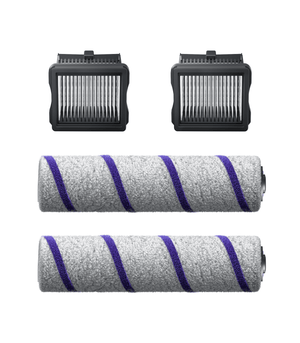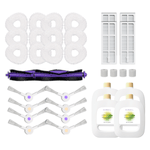In this ultimate guide, we will explore everything you need to know about vacuum cleaner dust bags, from understanding their role to how you can maintain and choose the best one for your vacuum. Dust bags play a vital part in keeping your vacuum at its best, ensuring efficient cleaning, and maintaining healthy air quality in your home.
We will start by explaining why dust bags matter and the benefits they bring, not just for your vacuum, but also for your indoor environment. Next, we will walk you through the different types of dust bags, including disposable, reusable, and HEPA options. Then, we will guide you on how to properly clean and maintain your vacuum bag to keep it working like new. We will also cover common misconceptions about vacuum bags and give you tips on how to choose the right one based on your needs.
Finally, we will discuss alternative options to traditional vacuum bags and answer frequently asked questions to help you make informed decisions. Let’s get started!
What Are Dust Bags and Why Are They Important?
Dust bags are essential parts of vacuum cleaners. They gather dirt, dust, and debris while cleaning, stopping them from going back into the air and keeping the vacuum working its best. Without a dust bag, debris might harm the vacuum's motor, lower suction, and hurt indoor air.
Next, we’ll explore the benefits of using a dust bag, including how they contribute to hygiene, odor control, performance, and the longevity of your vacuum.
Benefits of Using a Dust Bag
Using a vacuum cleaner that has a dust bag gives a few benefits:
-
Hygiene: Dust bags trap allergens, dirt, and dust, preventing them from being released into the air, which is essential for a healthier home.
- Odor Control: A new dust bag gets rid of smells from trapped debris, making vacuuming nicer.
- Performance: Taking care of the dust bag keeps your vacuum's suction strong.
- Vacuum Longevity: Keeping the dust bag in shape eases the motor's load, making the vacuum last longer.
Types of Dust Bags for Vacuum Cleaners
In this section, we will focus on the different types of dust bags available for your vacuum cleaner. We’ll explore how dust bag materials and their designs can affect vacuum performance and their suitability for different cleaning needs.

Types of Dust Bags Based on Material
The material of the dust bag plays a critical role in determining its effectiveness, durability, and suitability for different cleaning tasks. Here's a look at the most common types:
-
Disposable Paper Bags: They're the most typical and easy-to-use kind. They are inexpensive, easy to replace, and commonly found in standard home vacuums. However, they are not the most eco-friendly option since they are designed for one-time use. If you need a quick solution for everyday cleaning, these bags are ideal.
-
Reusable Cloth Bags: Made from durable fabric, these bags can be emptied and washed for repeated use. They are a more environmentally friendly option, especially for those looking to reduce waste. However, they require regular cleaning to ensure the vacuum continues to perform well. These are great for households that want a longer-lasting, eco-friendly option.
-
HEPA Bags: HEPA bags catch really tiny particles, like dust mites, pollen, and other allergens. These bags are great for homes with allergy sufferers since they trap small particles that standard bags could miss. HEPA bags are highly effective in improving indoor air quality and keeping the home free from microscopic dust.
- Heavy-Duty Dust Bags: These are designed for industrial and commercial vacuums. These bags, made from tough, lasting materials, can manage big amounts of debris and fine dust without tearing or blocking. They're great for cleaning big spaces, like workshops or construction sites, where heavy cleaning is needed.
Kinds of Dust Bags by Design
The dust bag's design affects how well it works. Different vacuum cleaner models use varying designs depending on the needs of the user:
-
Bags with a Self-Sealing Mechanism: These bags automatically seal when removed from the vacuum. This feature prevents dust and debris from spilling out when you dispose of the bag, offering a more hygienic solution. It's an excellent feature for people who want to minimize contact with dirt during disposal.
- Bags with a Flap Closure: This is a traditional design where the bag is manually sealed by closing a flap. While not as advanced as self-sealing bags, they are still commonly used in many older vacuum models. They are simple and reliable but require extra care to avoid dust leakage.
How to Clean and Maintain Vacuum Cleaner Dust Bags
In this section, we’ll guide you on how to clean and maintain your vacuum cleaner dust bags. We'll walk you through the process of cleaning reusable dust bags, how to recognize when your dust bag needs to be replaced, and how to properly replace a full or damaged bag. Proper maintenance ensures your vacuum performs at its best and lasts longer.

Cleaning Reusable Dust Bags
Cleaning a reusable dust bag is easy, but it is necessary to keep your vacuum performing at its best. Here’s how to do it:
- Switch off and unplug the vacuum: Make sure the vacuum's off before touching the dust bag.
- Remove the dust bag: Open the compartment and carefully remove the dust bag. Bring it outside to prevent dust from spreading inside.
-
Empty the bag: Shake the bag gently to remove most of the dirt. If needed, tap it against a hard surface to loosen stubborn debris.
- Wash the bag: Use warm water and mild detergent to clean the bag. A gentle brush can aid in taking off any dirt left in the fabric.
-
Wash and dry: Wash well to get rid of all soap. Hang the bag in a breezy spot to dry fully before putting it back in the vacuum.
- Inspect the bag for damage: Check for any tears or holes. Replace a torn bag right away to keep dust contained well.
Signs That Your Dust Bag Needs to Be Replaced
Even reusable bags will need to be replaced eventually. Here are some signs that it’s time for a new one:
- Less suction: If the vacuum's not cleaning well, the bag might be full or blocked.
- Bad smells: A dirty or full bag can start to stink, especially with pet hair or food bits.
- Damage seen: Look for tears or holes in the bag. A damaged bag lets dust out, so replace it.
- Frequent clogging: If the dust bag is getting clogged often, it may no longer be functioning properly and needs to be replaced.
How Often Should You Replace a Dust Bag?
Typically, you should replace the dust bag when it’s about two-thirds full to maintain the best suction power. However, you may need to replace it more often based on your cleaning frequency and the type of debris you’re collecting. For example:
For pet owners, it may be necessary to replace the dust bag more frequently because of the accumulation of pet hair and dander.
In larger homes or for those who clean frequently, replacing the dust bag every 1-2 months is recommended to maintain optimal performance.
How to Replace Your Vacuum Cleaner Dust Bag
Replacing your vacuum cleaner’s dust bag is a quick and easy process:
-
Turn off and unplug the vacuum: Always make sure the vacuum is off before handling the dust bag.
- Open the dust bag area: Find the area and open it to reach the dust bag.
- Take out the old bag: Gently remove the full dust bag, without spilling any dirt.
- Put in a new bag: Place the new dust bag in the area, making sure it fits tightly and seals well.
- Shut the area: After putting in the new bag, close the area and check that it's sealed properly.
If you would like to learn more about the maintenance of a vacuum cleaner, you can click here.
What to Look for When Buying Dust Bags for Your Vacuum Cleaner

Picking the correct dust bag for your vacuum is key for keeping it working well and your home clean. When getting a dust bag, think about your vacuum type, the bag's size and fit, its filtering ability, and if you want a reusable or throw-away one. Here, we'll help you pick the best dust bag for your needs.
Pick the Correct Kind of Dust Bag
The initial move is to think about your vacuum's type. Different vacuums require different types of dust bags, so it’s important to choose one that fits your model. For example:
-
Upright vacuums usually need larger bags, either disposable or reusable.
-
Canister vacuums require smaller or differently shaped bags.
- Robot vacuums often use small dust bins or disposable bags, and it’s important to pick the right size to match your vacuum model.
Picking the correct type makes sure the vacuum works well, with good suction and no leaks.
Choose the Right Size and Fit
The dust bag's size and fit matter for good performance. A bag that fits right stops leaks and keeps suction strong. For example:
- For small homes or cleaning once in a while, A 1.5 to 2-liter dust bag should do.
- Larger homes or homes with pets: Consider a 3 to 4-liter bag, which holds more dirt and reduces the frequency of bag changes.
If you have a vacuum with a specific dust bag size requirement, make sure to check the manual for the correct fit. A good fit not only prevents dirt from escaping but also ensures that your vacuum continues to work at its best.
Filtration Performance
Some dust bags are made to clean the air during cleaning, which is key if someone in your home has allergies or asthma. For example, HEPA bags trap fine particles such as dust mites, pollen, and bacteria, improving the air quality inside your home.
If air quality is a concern, a HEPA bag is a smart choice. Regular dust bags will collect dirt but won’t filter the air as effectively. So, if you’re cleaning spaces with pets or allergens, a HEPA bag will help reduce airborne irritants and improve the overall indoor air quality.
Reusable vs. Disposable Bags
You’ll also need to decide between reusable and disposable bags. Here’s a quick breakdown:
-
Reusable bags are eco-friendly and cost-effective in the long term, but they require regular cleaning and maintenance.
- Disposable bags are convenient and easy to replace, but they may cost more over time.
Think about your cleaning habits and how often you want to change the bag. If you don’t mind a little maintenance, reusable bags might be the best option. If you prefer convenience, disposable bags may be more suitable.
Common Misconceptions About Dust Bags
In this section, we’ll clear up some of the most frequent misconceptions, including when to replace the bag, whether any bag will fit your vacuum, and how to properly care for your dust bag and vacuum. Knowing the facts about these myths will help you use your vacuum better and make it last longer.

"You Just Have to Swap the Bag Once It's Full"
Lots of folks believe you should only change the dust bag when it's totally full. But, waiting till it's completely packed can damage your vacuum's work. Once the bag is about two-thirds full, it can block airflow and reduce suction. Replacing it earlier will help your vacuum run more efficiently and prevent strain on the motor.
"Any Bag Will Fit My Vacuum"
It’s easy to assume that any dust bag will fit your vacuum, but that’s not the case. Vacuums are designed to work with specific bag types and sizes. Using the wrong bag can lead to leaks, poor suction, and even damage to your vacuum. Always check your vacuum’s manual to make sure you’re using the right bag for the best performance.
"Vacuum Bags Are Just for Holding Dirt"
Dust bags do more than just hold dirt. Many modern bags, like HEPA bags, are designed to filter the air and capture fine particles like dust mites, pollen, and bacteria. If anyone in your household has allergies, using a HEPA bag can improve the air quality in your home. Standard bags won’t filter the air as effectively, so they’re not as ideal for people with respiratory issues.
"You Don’t Need to Clean the Bag Compartment"
It’s easy to forget about the bag compartment, but it’s important to clean it regularly. Over time, dust and dirt can pile up, hurting your vacuum's work and making bad smells. Clean the compartment with a wet cloth now and then to keep your vacuum good and stop dirt from leaking.
Conclusion
Picking the correct dust bag for your vacuum is key to keeping it working well. The right bag helps maintain suction, improve air quality, and extend your vacuum’s lifespan.
Make sure to replace the dust bag when it’s about two-thirds full. This prevents airflow blockages and keeps your vacuum working at its best. Always check the bag's size and fit for your vacuum, and choose one with good filtration, especially if you have allergies or asthma.
If you're using a Narwal vacuum, remember to use Narwal-compatible dust bags. Using incompatible bags can cause performance issues and damage your vacuum over time.
Have you been changing your dust bag at the right time? Are you using the right size and filtration for your vacuum? Small changes can make a big difference in how well your vacuum performs.
By following these simple tips, you’ll keep your vacuum in top shape, helping your home stay clean and the air stay fresh.
How Do You Clean a Vacuum Without a Bag?
To clean a bagless vacuum, first, remove the dust canister and empty it. Clean it with warm water and gentle soap, then let it dry fully. Clean the filters and brush rolls according to the manufacturer’s instructions.
What Should You Not Put in a Vacuum Bag?
Avoid putting liquids, sharp objects, and large pieces of debris in the vacuum bag. These can damage the vacuum or cause clogs, affecting its performance.
Can You Use a Vacuum Without a Dust Bag?
Yes, you can use a bagless vacuum. It has a dust canister instead of a bag, which collects the debris. Just empty the canister regularly and clean the filters for optimal performance.
What to Use Instead of a Vacuum Cleaner Bag?
If you prefer not to use a vacuum bag, consider a bagless vacuum. These vacuums use dust canisters or bins to collect debris, which you can empty and clean.













